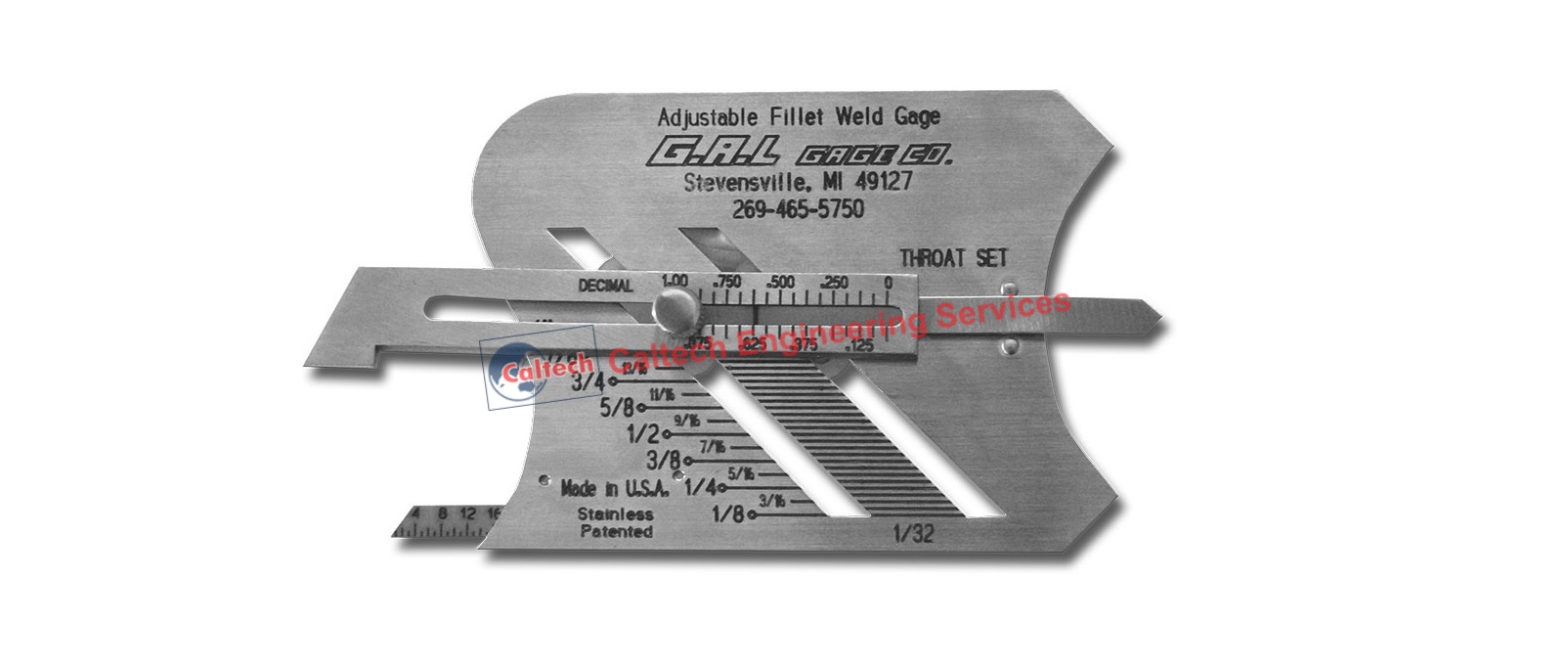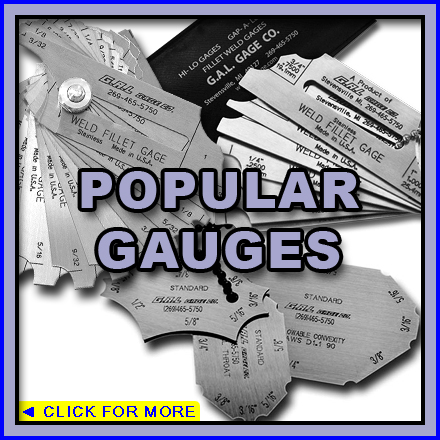Grasping Gauge Fillet Welds: Tips for Perfect Measurements and Execution
Fillet Weld Layout Approaches: Maximizing Joint Efficiency and Aesthetics for Structural Stability
In the realm of structural engineering and construction, the significance of fillet weld style approaches can not be overstated. By carefully thinking about factors such as weld account optimization, material selection, joint prep work strategies, welding procedure performance, and visual enhancement techniques, designers and makers can achieve a harmonious balance in between capability and look in their welded frameworks.
Weld Account Optimization


Attaining an ideal weld profile involves a careful consideration of factors such as material thickness, joint setup, welding setting, and wanted welding speed. In addition, the choice of proper welding parameters, such as voltage, existing, and travel speed, is basic in regulating the shape and measurements of the fillet weld. Making use of sophisticated welding methods, such as pulse welding or robotic welding, can better fine-tune the weld profile to satisfy specific layout needs and high quality requirements.
In significance, weld account optimization is an essential facet of fillet weld style that straight influences the general efficiency and dependability of bonded joints in structural applications.
Product Choice Factors To Consider
When thinking about product option for fillet weld style, the compatibility of the base metals is a vital element affecting the structural integrity of the joint. It is necessary to pick materials that not only bonded together efficiently however likewise have similar mechanical properties to ensure the load is evenly dispersed in between the weld and the base metals. Welding products with vastly various residential properties can cause issues such as stress focus, early joint failure, or cracking.
Additionally, the setting in which the welded structure will run must be taken right into account when picking products. Elements like corrosion resistance, temperature changes, and exposure to chemicals can all impact the durability and performance of the weld joint. By picking products that are appropriate for the intended application and setting, the overall longevity and dependability of the welded joint can be considerably boosted.
For that reason, complete factor to consider of material compatibility and environmental aspects is extremely important in making certain the weld joint's toughness, toughness, and total structural honesty.

Joint Preparation Methods
Taking into consideration the crucial role product option plays in learn the facts here now ensuring the architectural stability of fillet weld joints, it is essential to execute accurate joint preparation techniques that enhance the link between the base metals. Joint prep work is a vital step that directly affects the high quality and toughness of the weld.
In addition, correct fit-up of the joint is important to make sure uniform distribution of the welding material and protect against issues like incomplete penetration or too much buildup. Beveling the sides of the base steels can produce a groove that enables deeper weld penetration and a more powerful bond. Furthermore, tack welding the elements in position prior to the final weld aids maintain alignment and reduces distortion throughout the welding procedure. By diligently complying with these joint prep work strategies, welders can improve the total efficiency and aesthetic appeals of fillet weld joints while guaranteeing structural soundness.
Welding Refine Performance
Reliable welding processes are vital for accomplishing optimum efficiency and quality in fillet weld construction. Processes like gas steel arc welding (GMAW) and flux-cored arc welding (FCAW) are Gauge Fillet Weld frequently used for fillet welds due to their flexibility and rate.
Regular calibration of welding equipments, assessment of consumables, and maintenance of welding torches can prevent downtime and rework, ultimately conserving time and resources. Trained welders are a lot more skilled at readjusting parameters, troubleshooting issues, and maintaining regular weld high quality.
Aesthetic Improvement Approaches
To maximize the high quality of fillet weld manufacture, implementing visual enhancement approaches can play a critical duty in ensuring precision and precision during the welding procedure. Aesthetic improvement approaches encompass various strategies focused on enhancing the appearance and quality of fillet welds. One usual technique is making use of back purging systems to eliminate oxidation on the behind of the weld, causing a cleaner, a lot more aesthetically pleasing finish. Furthermore, using appropriate illumination setups in the welding location can enhance presence, permitting welders to monitor the weld pool and make certain consistent bead formation. Aesthetic help such as weld size determines and multiplying lenses can assist in analyzing weld profiles and dimensions properly. The use of contrasting marking products or short-lived tacking can aid in aligning and positioning the workpieces precisely prior to welding. By integrating these aesthetic improvement techniques right into the welding process, welders can accomplish not just structurally audio fillet welds yet likewise aesthetically enticing results that i was reading this fulfill market standards.

Final Thought
Finally, maximizing fillet weld style includes mindful consideration of weld account, material selection, joint prep work, welding process efficiency, and aesthetic improvement approaches. By applying these techniques, architectural integrity can be enhanced while likewise achieving aesthetic allure. It is essential to focus on both efficiency and appearances in fillet weld design to make certain the total high quality and toughness of the joint.
By carefully considering variables such as weld account optimization, product selection, joint prep work techniques, welding procedure performance, and visual enhancement engineers, fabricators and techniques can accomplish a harmonious equilibrium between capability and look in their bonded frameworks.In the world of fillet weld style, enhancing the weld profile plays an essential duty in making certain architectural honesty and performance. The weld profile, which consists of the size and shape of the weld cross-section, directly impacts the circulation of stress and load-bearing capability within the joint. It is important to pick materials that not just bonded with each other efficiently but likewise possess similar mechanical homes to make sure the load is evenly distributed in between the weld and the base metals - Gauge Fillet Weld.In conclusion, enhancing fillet weld design involves careful consideration of weld profile, product selection, joint prep work, welding process performance, and visual improvement techniques